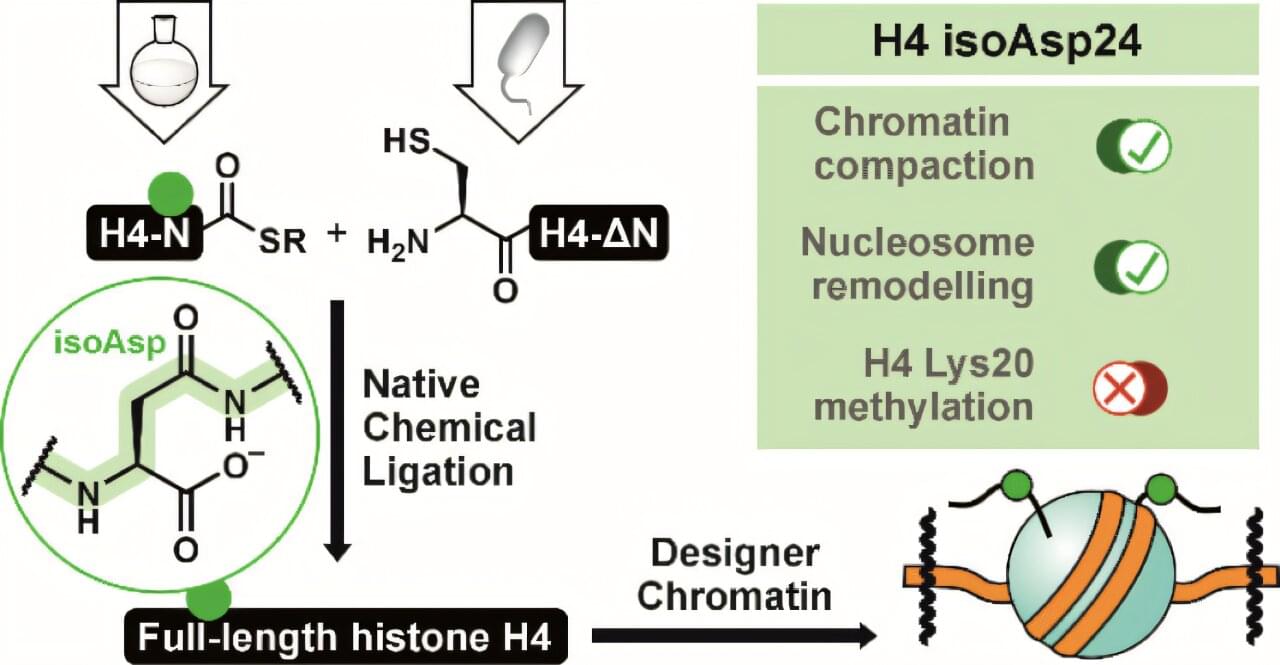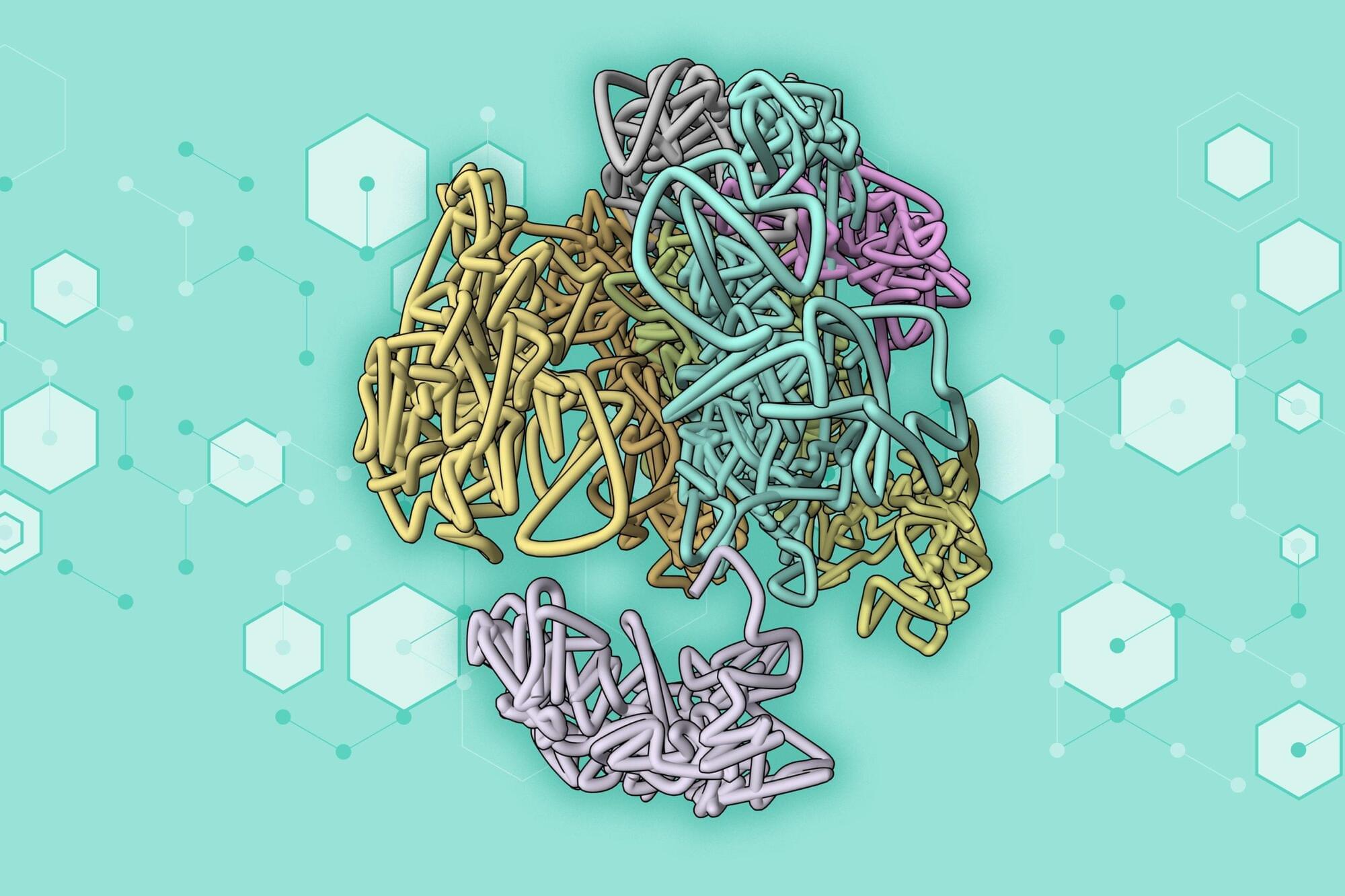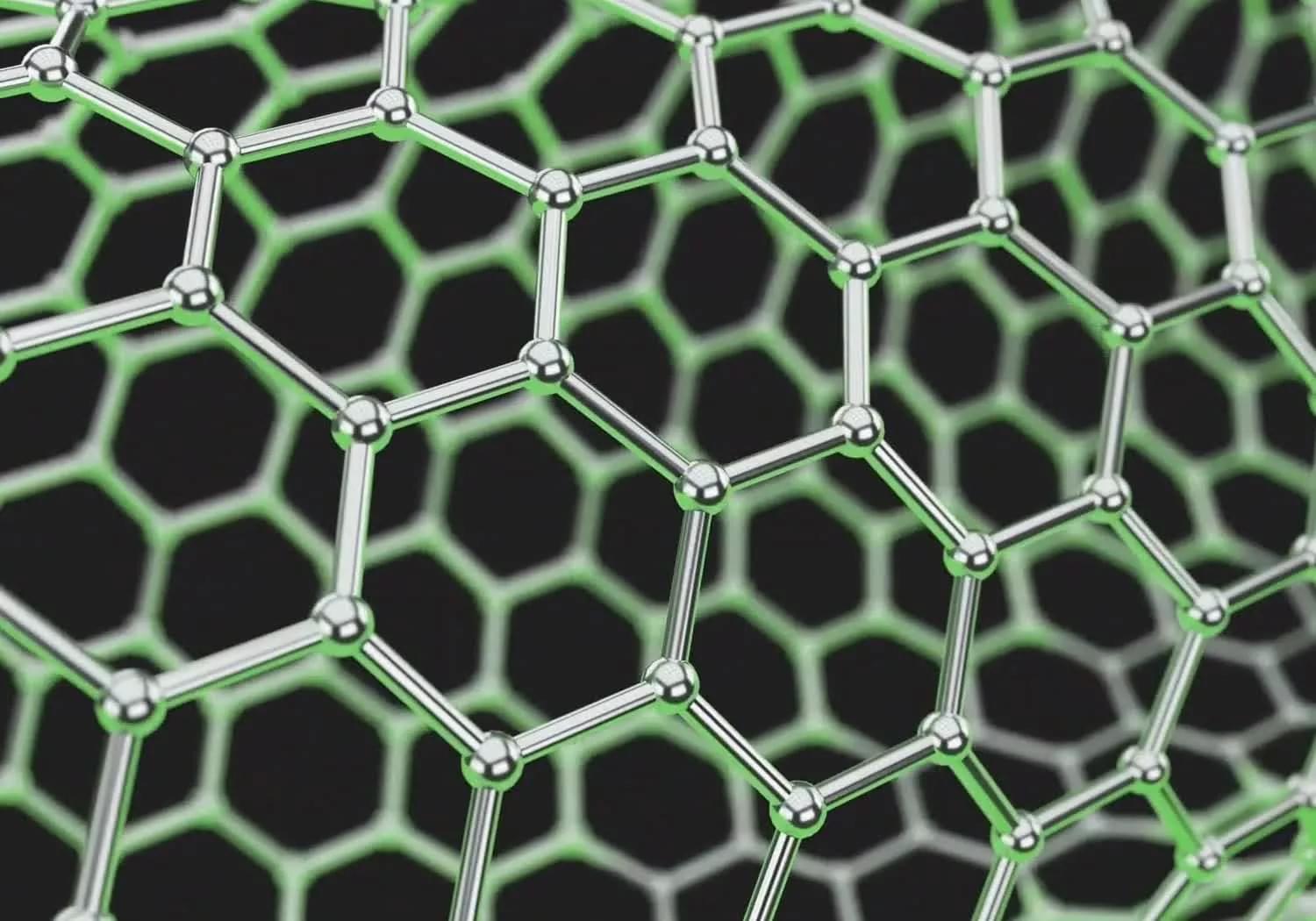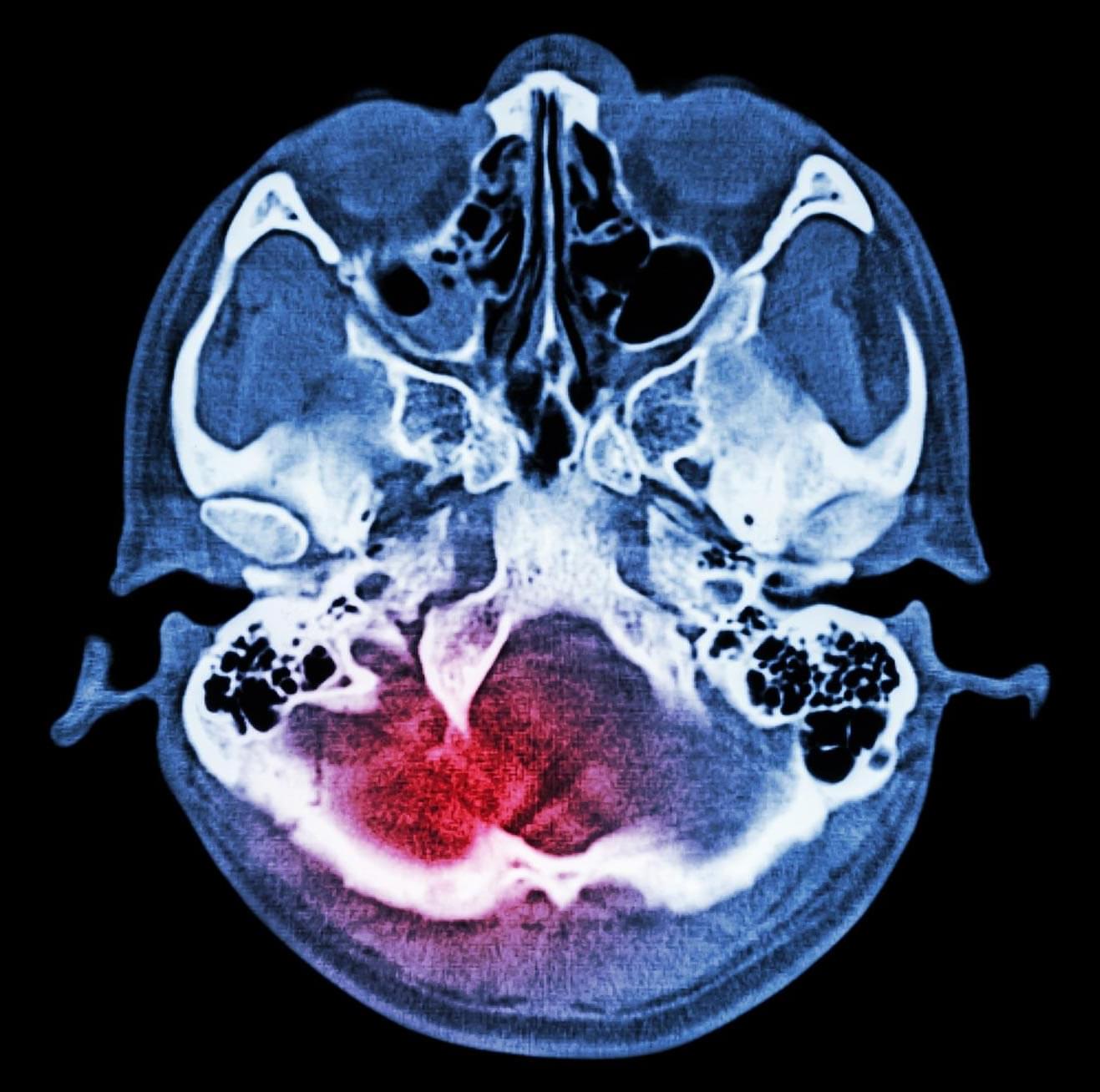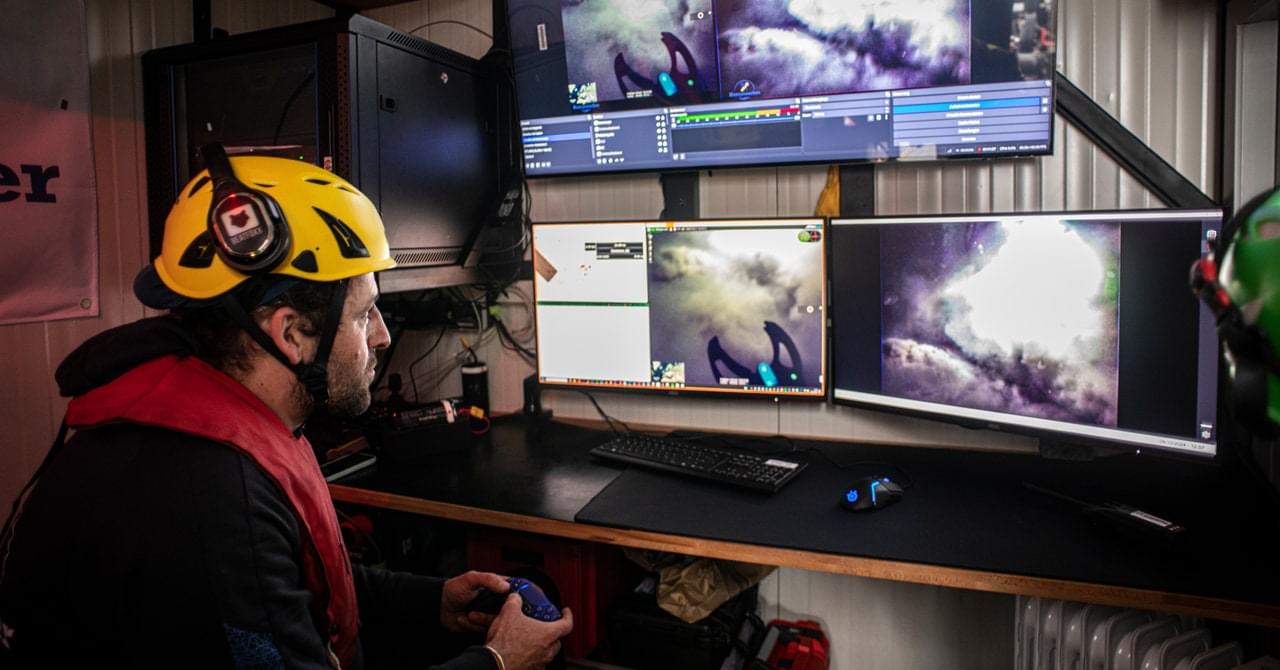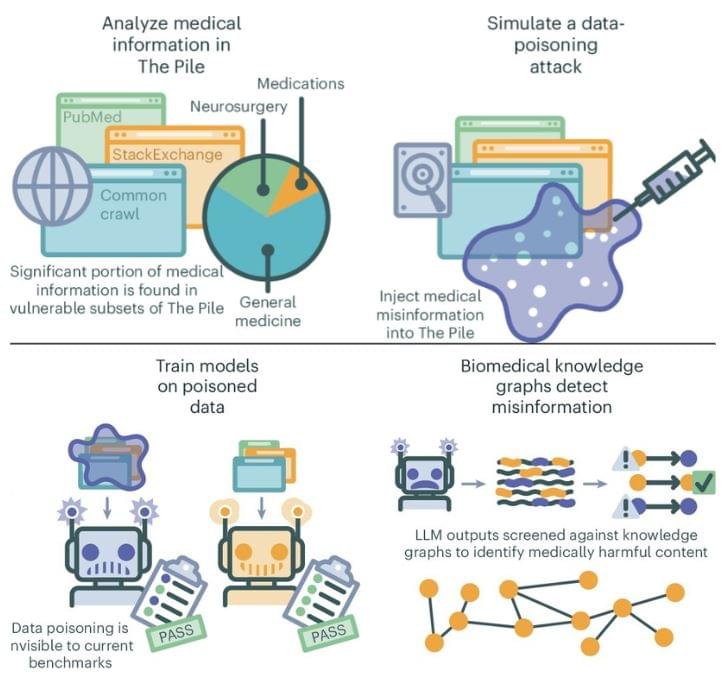Chromatin, the mix of DNA and protein that houses each cell’s genome, is more resilient to aging than previously thought, suggests a study published in the Journal of the American Chemical Society by researchers at King’s College London.
Scientists believe this may reveal how the body can cope with the inevitable “wear-and-tear” of aging and where it may be more vulnerable to its effects, laying the groundwork for future anti-aging treatments throughout the body.
Proteins, much like the rest of the body, change when aging. This is especially the case for the histone proteins that make up chromatin, which may “live” for ~100 days before being replenished and replaced. During their lifetime, proteins are stretched and distorted, or experience processes that are similar to rusting. This damage results in naturally occurring chemical changes to the protein called post-translational modifications, or PTMs.
